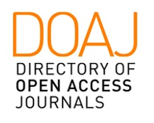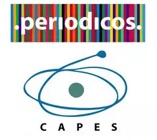How to Teach History of Philosophy and Science
A Digital Based Case Study
DOI:
https://doi.org/10.24117/2526-2270.2018.i5.08Keywords:
Digital Historiography, Teaching History of Philosophy and Science, Émilie Du Châtelet, Early Modern Philosophy, Space and TimeAbstract
The following article describes a pilot study on the possible integration of digital historiography into teaching practice. It focuses on Émilie Du Châtelet’s considerations of space and time against the background of Leibniz’s program of analysis situs. Historians have characterized philosophical controversies on space and time as a dichotomy between the absolute and relational concepts of space and time. In response to this, the present case study pursues two aims: First, it shows that the common portrayal simplifies the complex pattern of change and the semantic shift from absolute-relational concepts of space and time to invariance and conservation principles. Second, against this background, I present the Online Reading Guide on Émilie Du Châtelet’s Foundations of Physics, a teaching and research project designed to help navigate Du Châtelet’s Institutions physiques (1740/42). This project makes Du Châtelet’s important text visible to a broad audience and allows for a more critical and deeper view on classical topics of the history of philosophy and science in a more accessible way than traditional introductions.
Downloads
Published
Issue
Section
License
Copyright (c) 2018 Andrea Reichenberger

This work is licensed under a Creative Commons Attribution 4.0 International License.











